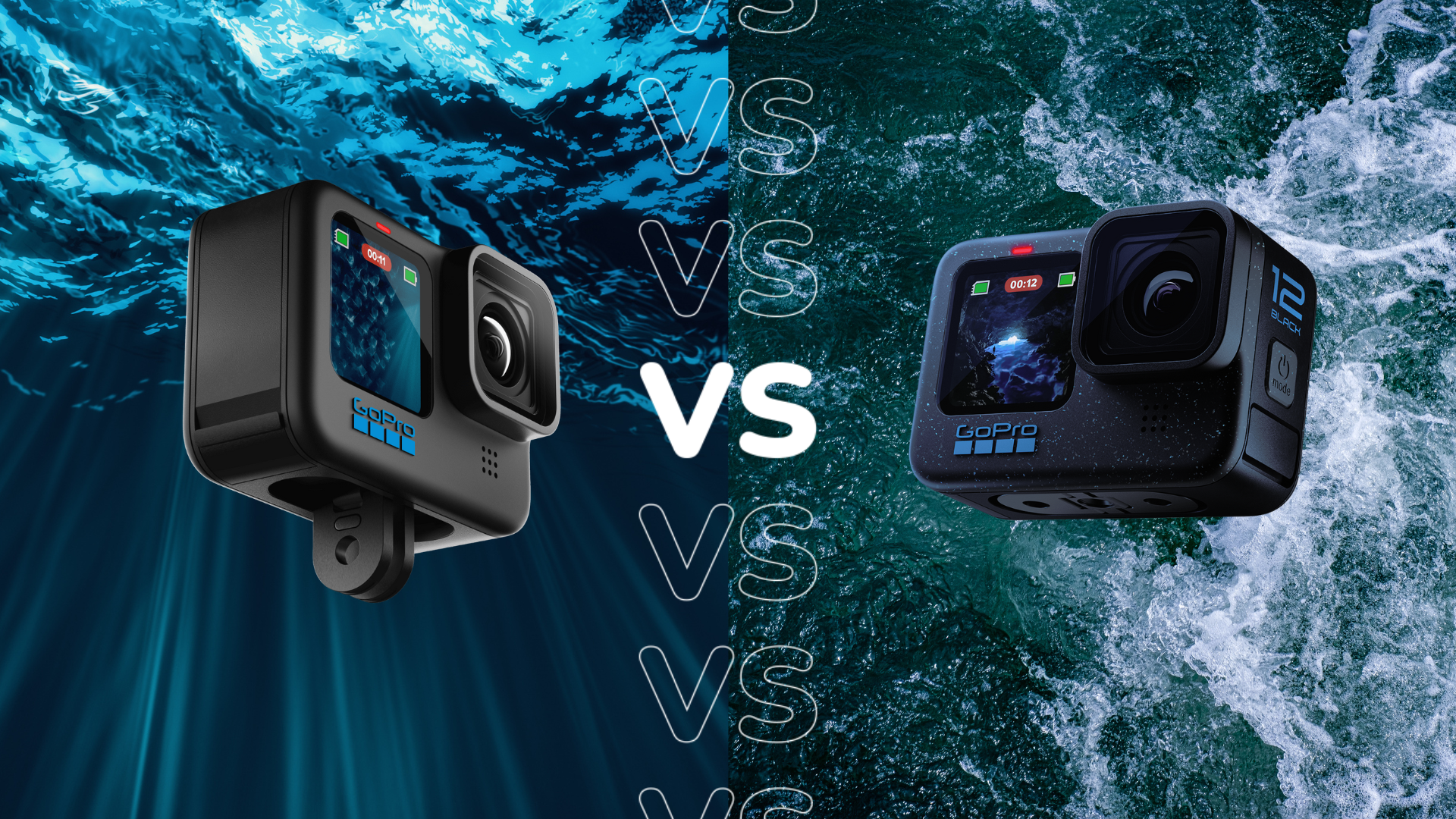Apple iPad vs iPad Air: What’s the difference?
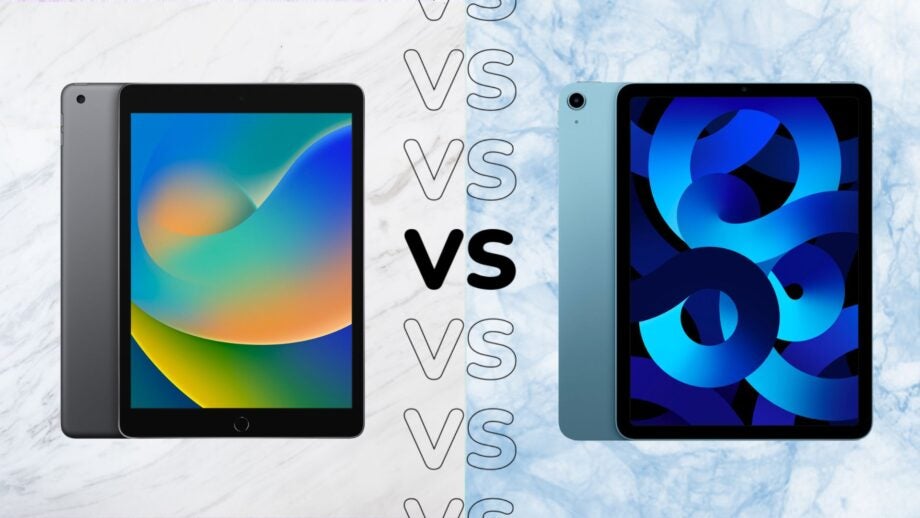
Apple has four different ranges of iPad tablets, but it’s not always clear how they differ.
The standard iPad and the iPad Air represent two of those tablet families, although that ‘Air’ moniker can be confusing to those without in-depth knowledge of Apple’s products.
We’ve created this guide to explain the key differences between the iPad and iPad Air families. We won’t be focusing on individual products (you can check out our iPad 10th gen vs iPad Air 2022 versus guide for that) but rather the entire ranges.
We’ve tested all of the latest models of both the iPad and iPad Air families, so are well equipped to provide all of the buying advice required to get you the best value for money. And if you need more help, make sure to visit our Best iPad and Best Tablet guides for even more options.
Price
The first thing to note is that the iPad Air is generally more expensive than the base iPad, ignoring pre-owned and refurbished models.
The basic Apple iPad has acted as the go-to for those in need of a cheap iPad experience for years, while more specific variants of iPad – the Mini, Air and Pro – are much higher in price. Though the price has fluctuated and grown in line with inflation, the 10th-gen iPad will generally set you back around £499/$449.
The iPad Air, on the other hand, has always been a more premium option compared to the basic iPad, with the latest model costing as much as £669/$599.
Generally speaking, the iPad is seen as the entry-level iPad and the price reflects this, while the iPad Air is positioned as a more premium, powerful option that costs a little more, though not quite as much as the iPad Pro.
Design
The design is usually the key differentiator between these two tablets, with the word ‘Air’ representing a sleeker and lighter design. The latest iPad Air is 6.1mm thin and 461g light, while the iPad (10th Gen) is chunkier by 0.9mm and heavier by 16 grams.
There used to be a larger difference between the two iPad ranges, but the arrival of the iPad 10 has closed the gap, and therefore complicated things.
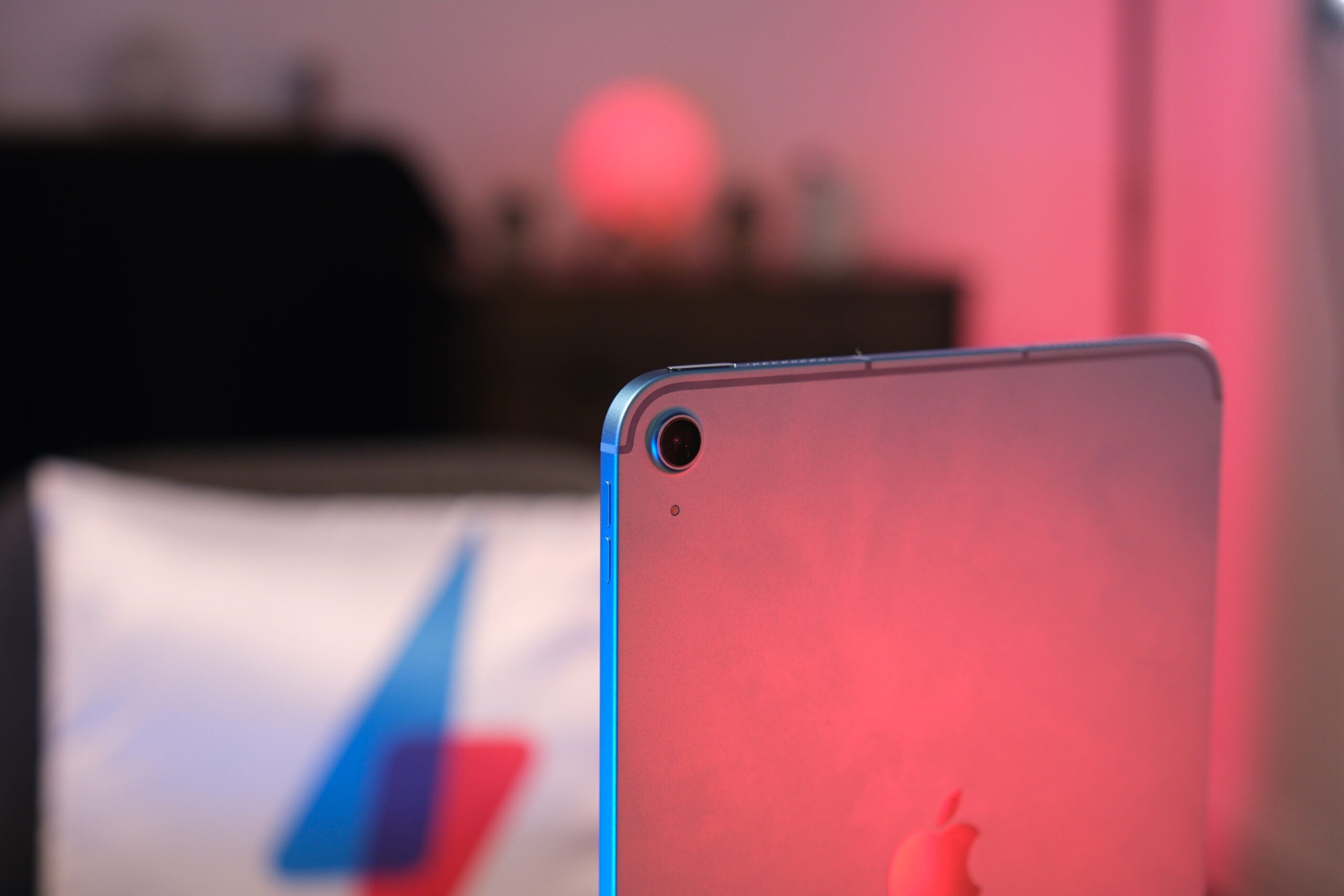
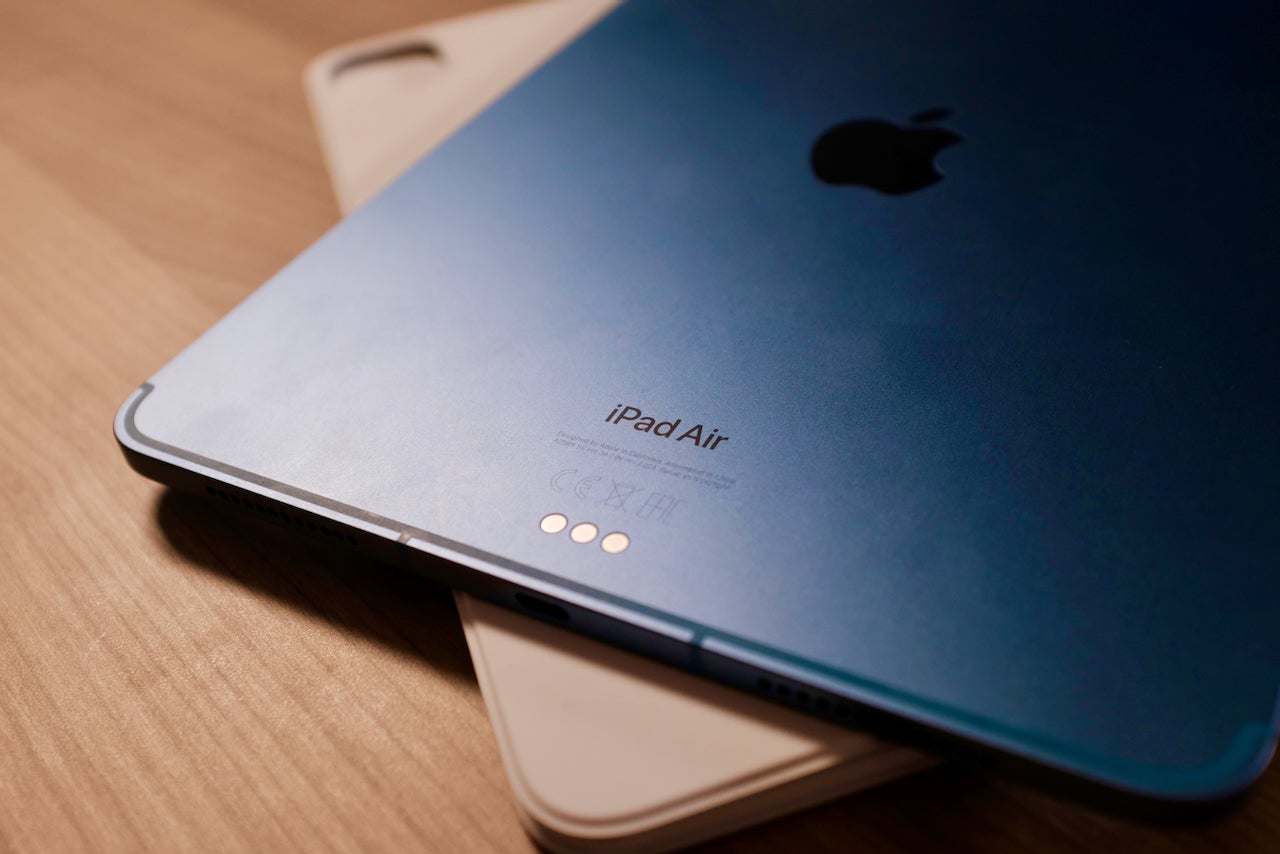
Up until the iPad 10, the design of the tablet had changed very little. Though it got a little flatter and bigger in recent years, it’s still quite reminiscent of the original iPad with thick bezels and a now-ageing Home button.
It does have a largely premium build with an aluminium rear, but its budget nature is notable in a few ways, lacking a laminated display that makes taps on the display’s tablet feel more hollow than the laminated iPad Air display. It’s also more limited in terms of accessory support, lacking the smart connectors present on most other recent models of iPad.
The iPad Air, on the other hand, looks and feels more modern and premium with an angular design reminiscent of the iPad Pro and recent models of iPhone. It ditches the Home button completely to expand screen space with much smaller bezels than the entry-level tablet, sports smart connector support for advanced accessory use and, as the name suggests, it’s pretty damn lightweight too.
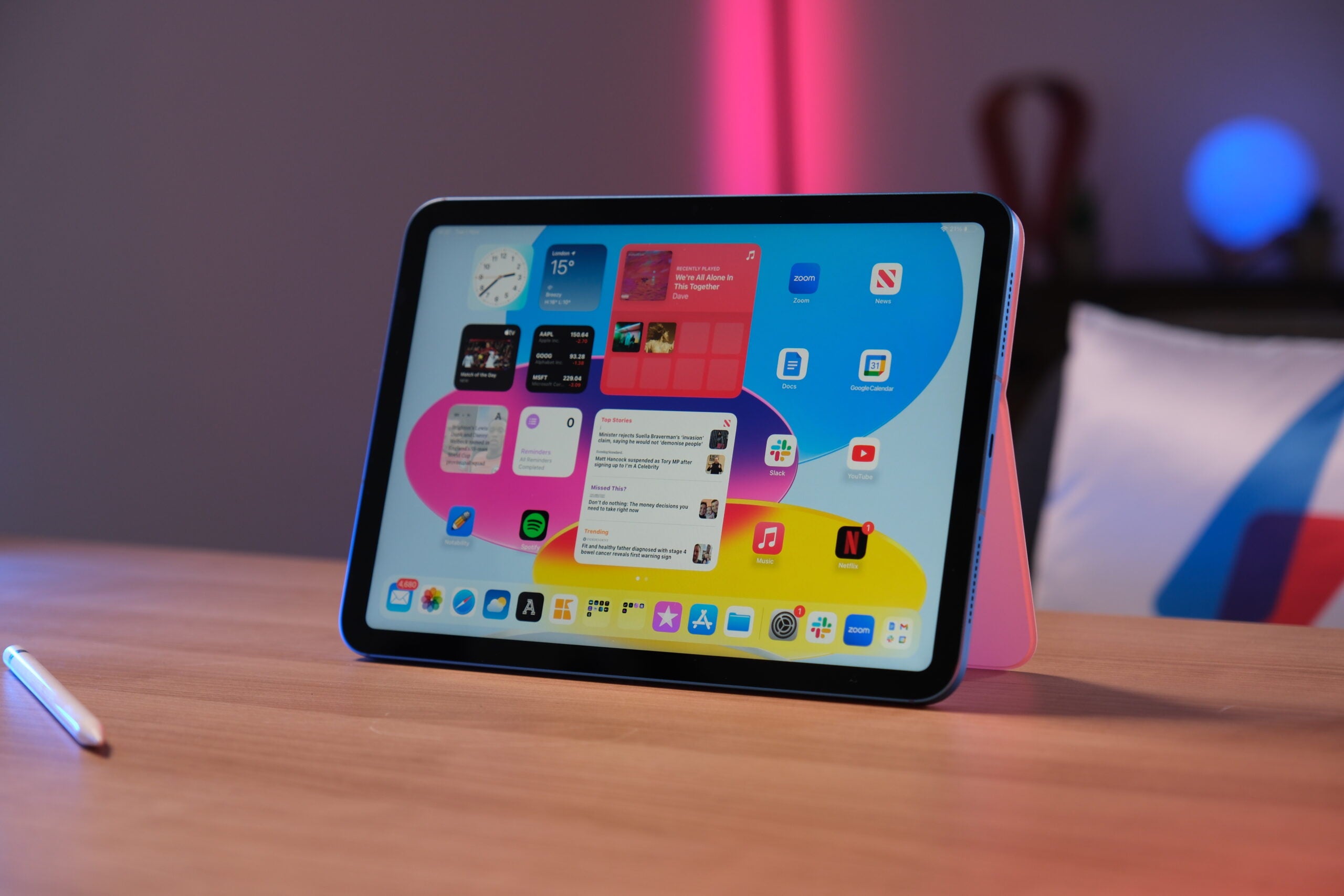
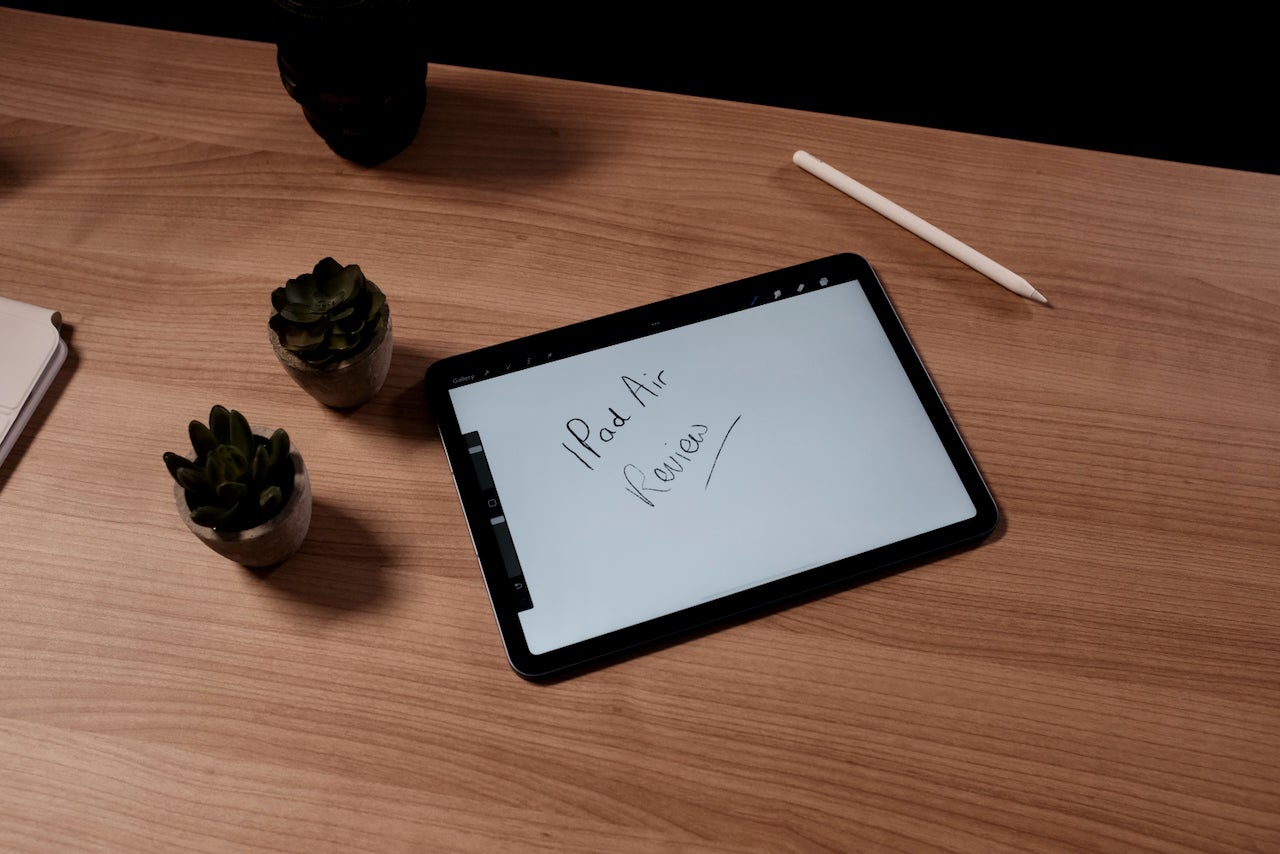
But while that is indeed the case for most generations of iPad, the latest generation of iPad confuses things somewhat. The tablet sports a complete redesign that brings it in line with the likes of the iPad Air and iPad Mini with slimmer bezels, an angular body and the introduction of Touch ID within the side-mounted power button.
That said, while the recent iPad 10 looks pretty similar to its iPad Air brethren, the majority of the entry-level iPad collection doesn’t, and that’s worth bearing in mind if the design is important to you.
Performance
With the Apple iPad framed as the entry-level option in Apple’s tablet range, it shouldn’t come as much surprise to find out that the iPad Air is generally the more powerful of the two with the inclusion of newer chipsets.
The Apple iPad is very much the entry-level tablet in terms of processing power. Though the exact chipset depends on the generation of iPad you opt for, generally speaking, it’s usually a year or two behind what you’ll find on more premium models of iPad like the iPad Air.
Take the iPad 10 as an example; it sports the same A14 Bionic as the previous-gen iPad Air 4 and iPhone 12, both released two years before the iPad. That means that, while still powerful enough to be used on a flagship phone, it’s not the best processing power available right now.
That’s a stark difference to the iPad Air, which since its renaissance in 2020, has seen it act as a bridge between Apple’s standard and Pro tablet lines, sauntering on the line between casual and pro device.
That said, the processing power of the iPad Air is usually equal to – or greater than – what’s available on the equivalent flagship iPhone of the time. That means that the iPad Air 4 shared the same A14 Bionic chipset as the iPhone 12, both of which appeared in September 2020.
The latest iPad Air takes it even further with the inclusion of the Apple M1 chipset – the same as that on Apple’s laptop and desktop range, as well as previous iterations of Apple’s top-end iPad Pro. That’s a significantly more powerful chip compared to the A14 Bionic inside the vanilla iPad, with our benchmarks (see above) proving so.
Generally speaking, the iPad Air range is more capable than the entry-level iPad range, though if you’re opting for a fairly recent iPad, you’re unlikely to notice much of a difference in day-to-day tasks. Where the iPad Air will shine, however, is with more processor-hungry apps like LumaFusion Pro and Procreate.
Accessory support
As with processing power, the iPad Air has been seen as a bridge between the regular iPads and the iPad Pro, and accessory support reflects this.
Rather than supporting the older first-gen Apple Pencil and basic folio keyboard, recent models of iPad Air boast support for the same pro-level second-gen Apple Pencil and premium Magic Keyboard, making them a tempting option for those that want a tablet for both work and play without forking out for an iPad Pro.
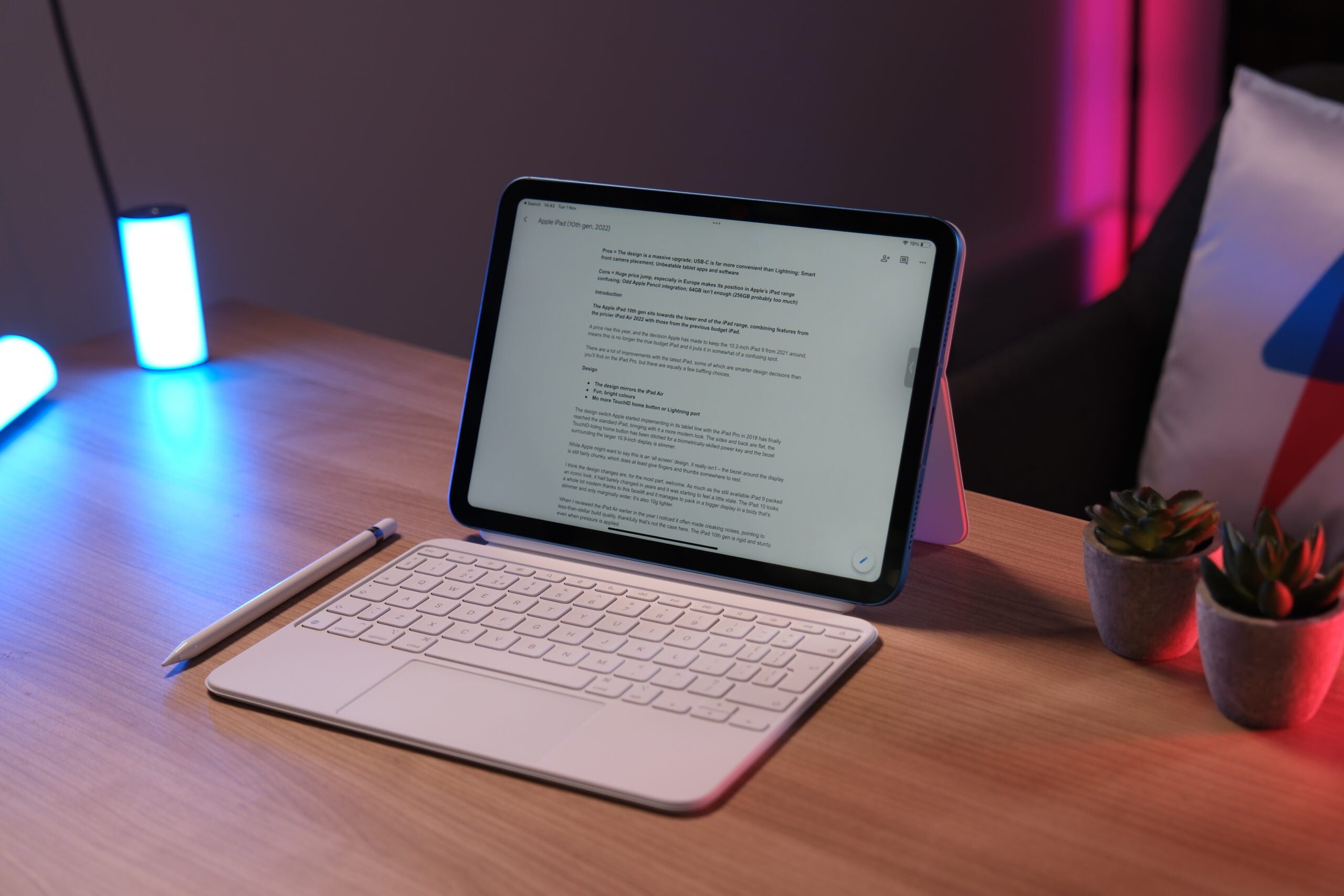
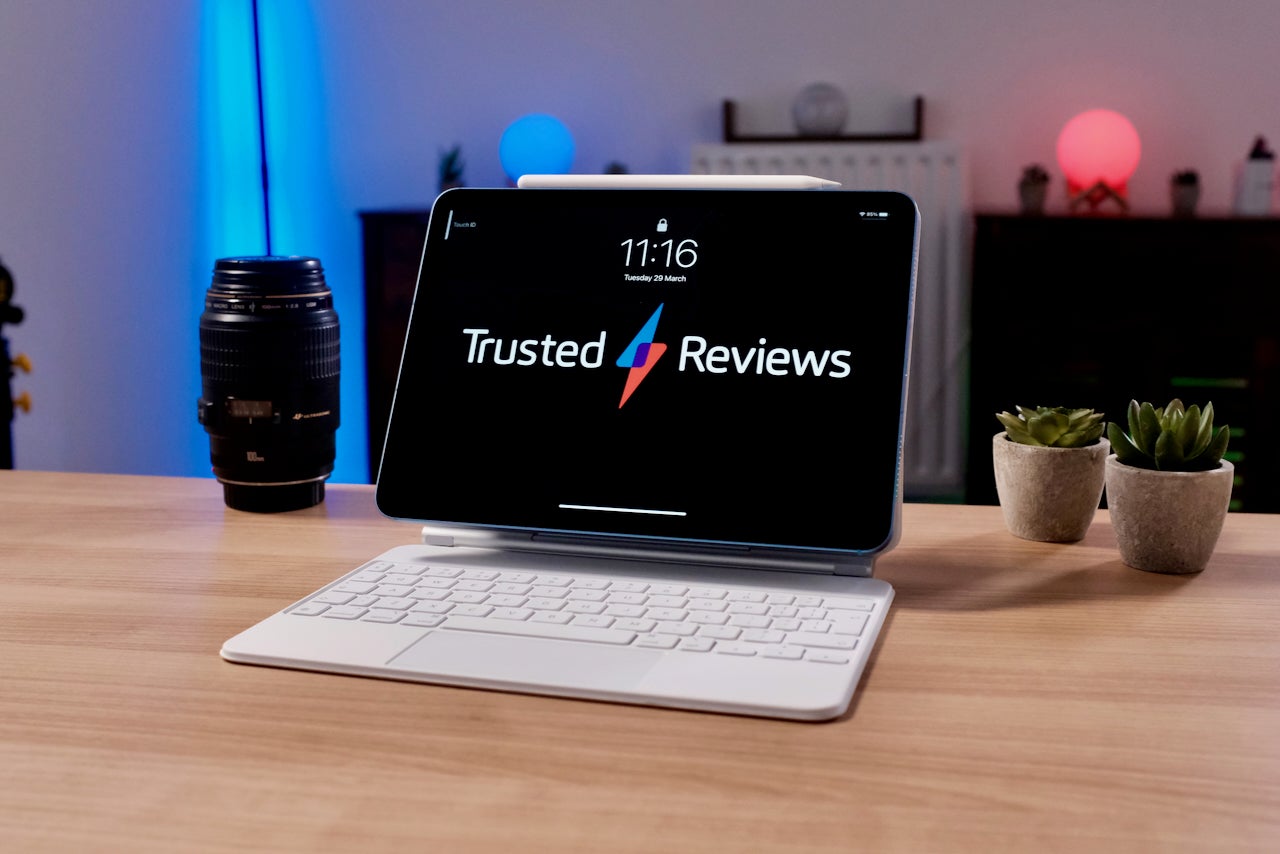
The entry-level iPad, on the other hand, has traditionally been more limited in terms of accessory support. This means only being able to use the first-gen Apple Pencil and more basic Bluetooth keyboard folios. They’d still get the job done on a budget, but it wasn’t the ideal experience.
However, the reveal of the iPad 10 confuses this somewhat, with the latest iPad offering support for the second-gen Apple Pencil and even getting its own dedicated Magic Keyboard, making the differences in accessory support non-existent. But, as mentioned, that comes at a price hike that brings the iPad very close to the iPad Air.
Verdict
The standard iPad is the more affordable option, with the iPad Air occupying the mid-range zone in Apple’s tablet family. However, with the latest iPad 10 seeing a design refresh, there really isn’t much separating the two tablets these days.
The most noticeable difference can be found with the performance. Our benchmark results prove that the iPad Air is far more powerful than the normal iPad thanks to the use of the M1 chip. But you’ll likely only notice that performance difference if you engage in heavy duty tasks such as video editing – the iPad 10 is perfectly fast enough for day-to-day jobs.
Elsewhere the iPad Air boasts an advantage with the addition of a fully laminated display, support for the 2nd Generation Apple Pencil, and a marginally slender design. If you think those features are worth paying the extra cash for, then the iPad Air is your go-to tablet. Otherwise, the standard iPad is a fantastic alternative that will save you a decent amount of money.



